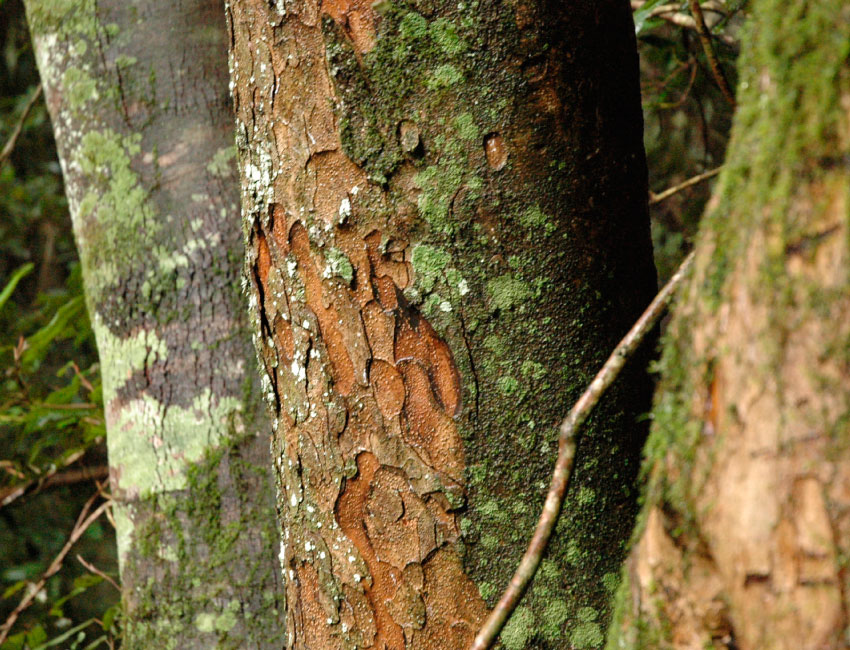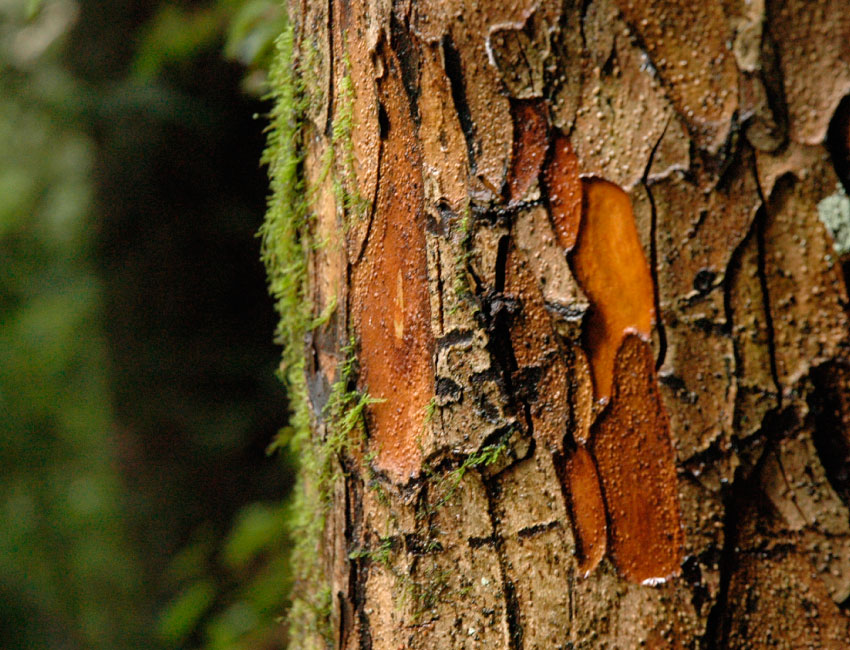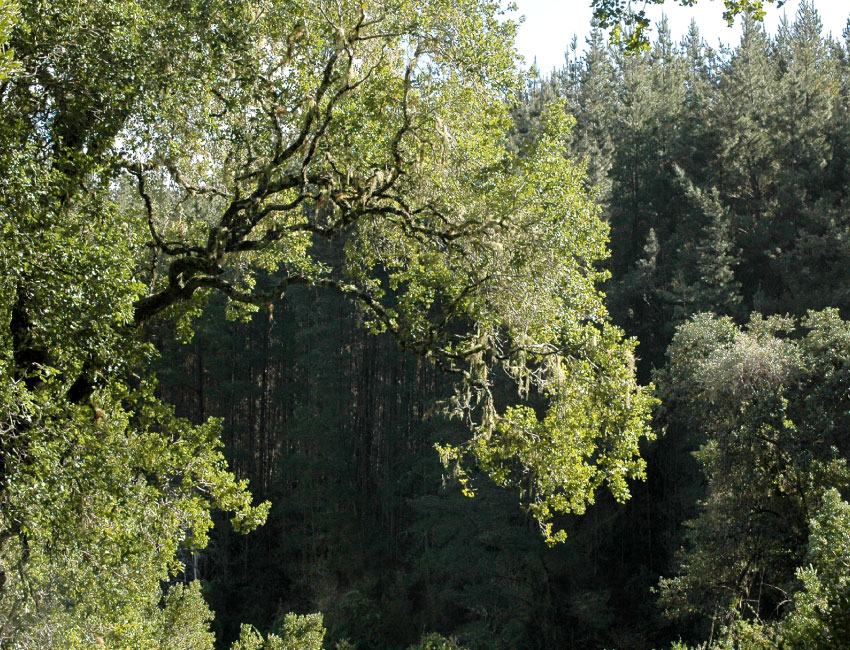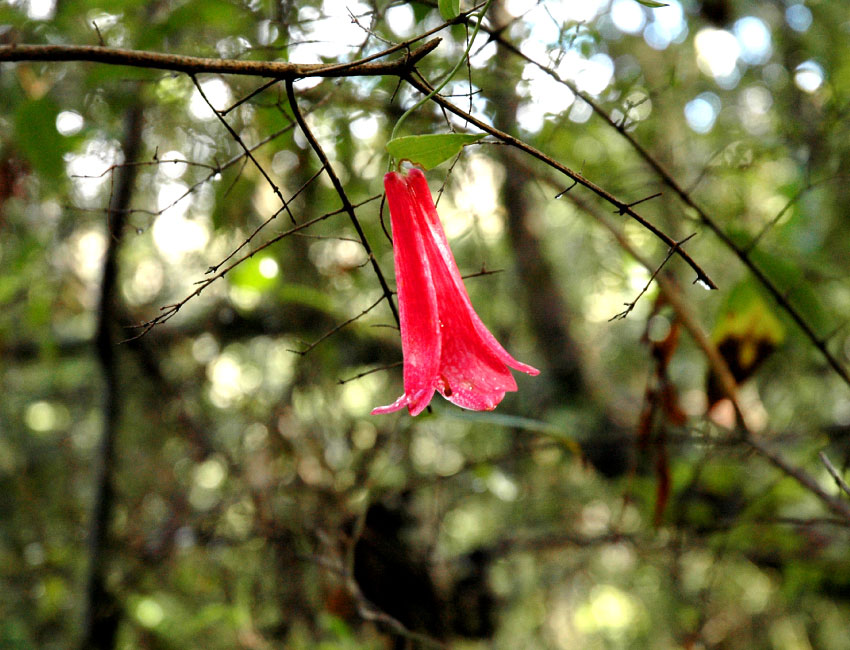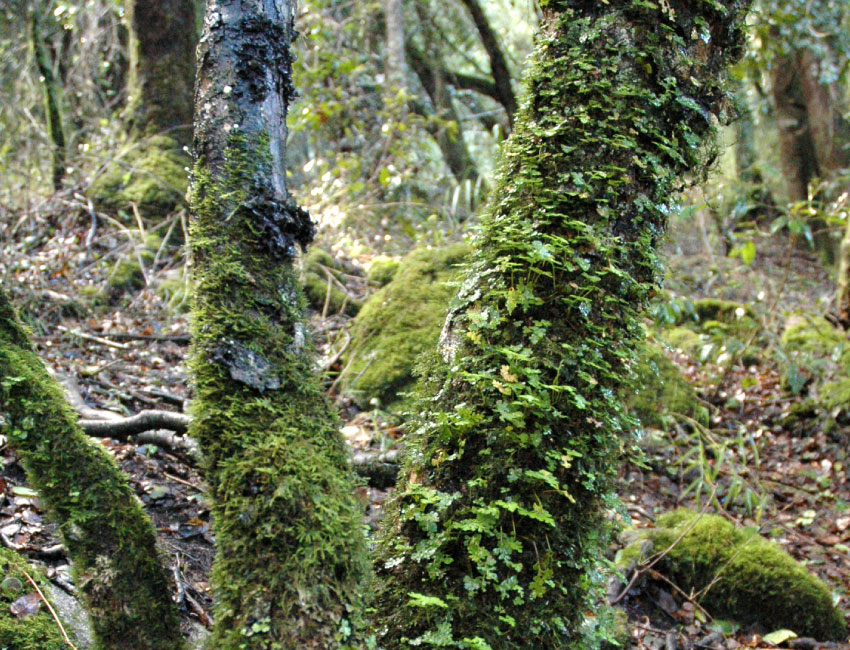Species such as peumo (Chilean acorn), lingue, Patagonian oak, and native climbing plants can be found in Chile's Bío Bío Region.
Coyanmahuida Park
Coyanmahuida Park (which in mapudungún, the Mapuche language, means oak forest: coyan, oak; mahuida, forest) is located 38 kms east of the city of Concepción, capital of the Biobío Region, and 5 kms west of the area known as Florida. This park is the largest continuous surface of old growth native forest left in the area.
Coyanmahuida harbors trees, bushes, ferns, moss, lichen, vines, fungi and a bamboo species known as coligüe, as well as birds and a few mammals, in a unique environment of moist air in the summer and fog in the winter.
According to park records and exploratory studies, the park is home to 21 bird species, 17 animal species and at least 34 plant species. But there’s more: the park also contains fallen tree trunks, snake-shaped vines and a hanging bridge.
This old growth native became a place in which to connect with Chile’s native wildlife. This unique area combines on-site research, recreation and education, where school and university students can learn about the processes and cycles of nature for the first time. Here they can observe birds and insects as part of a whole that lives and changes, where each day the water shapes the substrate and the wind ensures the transformation process by felling old trees to make way for new ones to grow.

